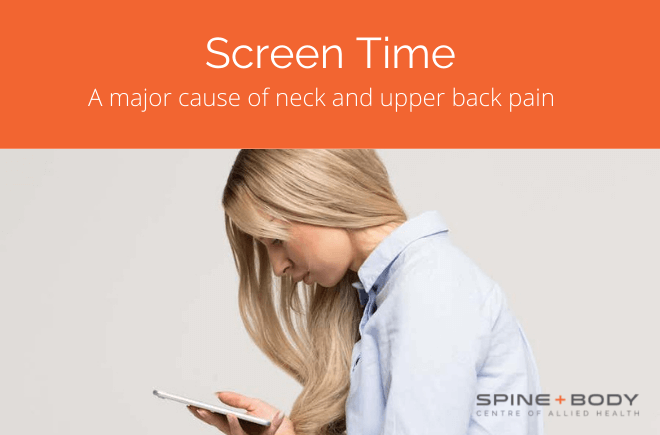HIIT your physique and cardio fitness this spring

By Peter Georgilopoulos – APA Sports Physiotherapist, Spine and Body Gold Coast.
It is the time of year when everyone looks to shed the winter coat. Fitness trends come and go and it appears that what type of fitness training people select is largely based on what friends are doing.
If, like most of us, you wish to decrease your BMI [body mass index], you may just want to re-think your exercise programme.
What WON’T work to restore your sculptured abs and improve your cardio fitness is:
- Isolated muscle exercises. These are great for muscle definition and muscle growth but do little to burn excess calories for which we really need mass muscle activation.
- You really don’t need specific exercise machines to achieve results. Body weight resistance exercises work equally as well and offer a truly functional approach to movement and training.
- Long bouts of cardio exercise simply lead to joint compression, tendon and muscle soreness which require considerable recovery time without really targeting the problem areas of fat storage. Also, unless you progressively increase your cardio intensity, you are not really making any headway towards improved fitness.
- It is popular myth that sit ups and crunches reduce girth width. The only way to rediscover your abs is to reduce your percentage of body fat which is largely stored around the waist, buttocks and thighs.
- Performing the same programme will do nothing towards achieving body changes. The body needs to be stressed constantly to achieve muscle growth, cardio fitness and fat loss otherwise your body will adapt to a familiar programme. Increase intensity, repetitions, weight or simply change your selection of preferred exercises for maximal results.
- Long workouts simply do not offer the results of shorter but more intensive sessions.
So what is H.I.I.T?
H.I.I.T. stands for “High Intensity Interval Training”. Interval training has been around for many decades as the preferred training method for many elite athletes but as with most modern adaptations it has been given a “catchy” new name.
The principals of H.I.I.T. are simple- it involves high intensity, mass muscle activation exercise undertaken at 80 – 95% estimated maximal heart rate. Rest period between sets is usually at 40 – 50% maximal heart rate at a ratio generally of 1:1. That is to say that for every minute of maximal exercise, there is a minute of sub-maximal recovery.
Total workout time can be as short as 5 minutes but normally lasts for 10-15 minutes [inclusive of recovery periods]. Generally anything longer than 10 – 15 minutes cannot be sustained at the required level of intensity and therefore diminishes the benefits of H.I.I.T.
Why use H.I.I.T?
There is a considerable body of clinical evidence which supports this type of training over conventional, longer sub-maximal training sessions.
The first advantage that attracts most potential participants is that it is time efficient. If you could match or surpass the body transformations and cardiac gains afforded by longer sessions within a far shorter time frame perhaps it might be argued that more people are likely to adhere to this type of training.
The second benefit is that you do not require any equipment or gym membership. Body weight resistance exercises are ideal.
H.I.I.T. has been shown to be extremely successful in:
- reducing body fat, especially abdominal fat
- enhancing muscle mass
- reducing high blood pressure
- reducing “bad” cholesterol
- improved cardiac fitness and maximal oxygen consumption
Other benefits?
H.I.I.T. can be modified to accommodate any fitness level. For example, a beginner living a sedentary lifestyle might choose brisk walking as the intense component with body weight squats as the recovery exercise. A fitter participant might choose burpees [combined jump, squat, push up] as the intensity component and body weight squats or push ups as the recovery exercise.
Of course, in reality there could be a list of exercises that could be undertaken sequentially alternating between maximal exertion and sub-maximal recovery. Even a single exercise can be undertaken in H.I.I.T. format. For example, SPIN cycle classes in which participants are encouraged to cycle for short, intense periods followed by an equal sub- maximal recovery period.
This type of training burns more calories than endurance workouts and continues to do so for up to 2 hours afterwards. The oxygen debt incurred during exercise needs to be replenished which continues throughout the EPOC period [excess post exercise oxygen consumption].
Remember to select exercises for your H.I.I.T. programme that recruit as many muscle groups as possible working at the same time. Examples of non equipment based exercises can include sprints followed by a jog, body weight squats or squat jumps [for fitter participants] followed by push-ups or burpees [jump, squat, followed by push-up] with push up or body weight squat recovery period. The last option is appropriate for conditioned participants only and allows lactic acid recovery of the lower limbs whilst working the upper limbs and vice-versa.
Examples of H.I.I.T. using equipment include a treadmill. Pick a speed at 80 – 90% oxygen consumption for designated period followed by equivalent time at 40 – 50% capacity and repeat for up to 10 – 15 minutes. Use the same process on a rowing machine, elliptical trainer or spin bike.
The important thing is that you should be feeling “stressed” during intense activity due to the inability of the body to supply sufficient oxygen to exercising muscles.
Precautions and Safety Concerns:
The intensity of H.I.I.T. unfortunately precludes the majority of those that require it most, specifically sedentary, obese candidates with associated cardiac or respiratory risk factors.
Prior to commencing any exercise programme [especially H.I.I.T.] it is important that you undertake a medical assessment and screening. Your doctor will undertake an E.C.G to look for cardiac irregularities, examine blood pressure, cholesterol and sugar levels and may even recommend you undertake a cardiac stress test which gives far greater insight into your cardio-respiratory health. Also be aware that with increased intensity, there is potential for musculoskeletal injury if participants are poorly conditioned.
If you do not currently exercise, it is strongly advisable that you achieve a base level of conditioning limited to moderate exertion for 6 weeks, prior to commencing H.I.I.T.
Remember, quality over quantity for better results.




